Learning is supposed to be fun, and incorporating games into education is a great way for teachers to help kids have fun while they're learning. There are many free online games that are appropriate for the classroom and there are also board games, including Save the Planet, a board game that teaches kids concrete solutions to environmental problems.
Save the Planet is a free, DIY, cooperative board game that is openly licensed to encourage community contributions. In the game, players win by working together to clean up virtual pollution, while in real life they learn ways to save the planet. A recent study on distributed manufacturing of toys showed this game costs less than US$ 3 to make—70-90% less than a store-bought board game.
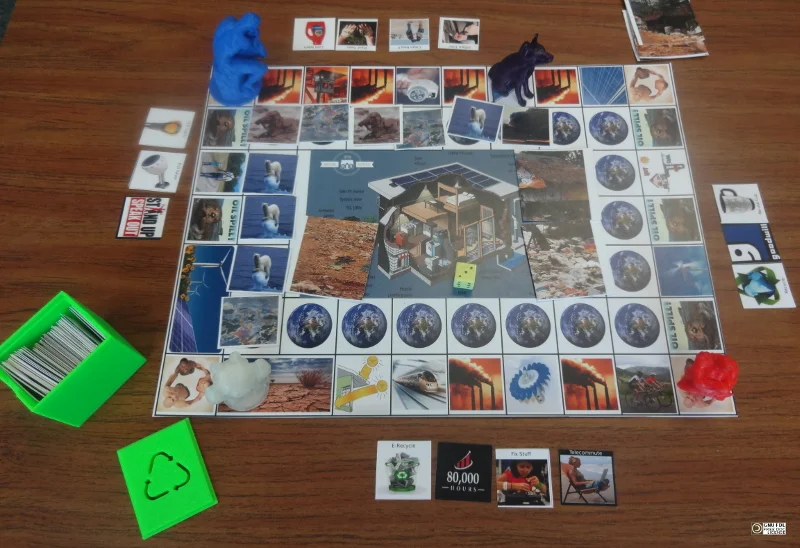
opensource.com
Making the game
Creating the game, which uses openly licensed 2D and 3D printable parts, is half the fun.
2D printed pieces
First, print the main board, Good Deeds cards, and the Pollution Penalty cards/pollution image with a color 2D printer. Printing them on cardstock is quickest, or you could print them on paper and either laminate them or glue them to thin cardboard, such as a recycled cereal box. There are beginner (white-bordered) and advanced (black-bordered) versions of the Good Deed cards, with explanations of each Good Deed card and links to related information or organizations available on Appropedia.
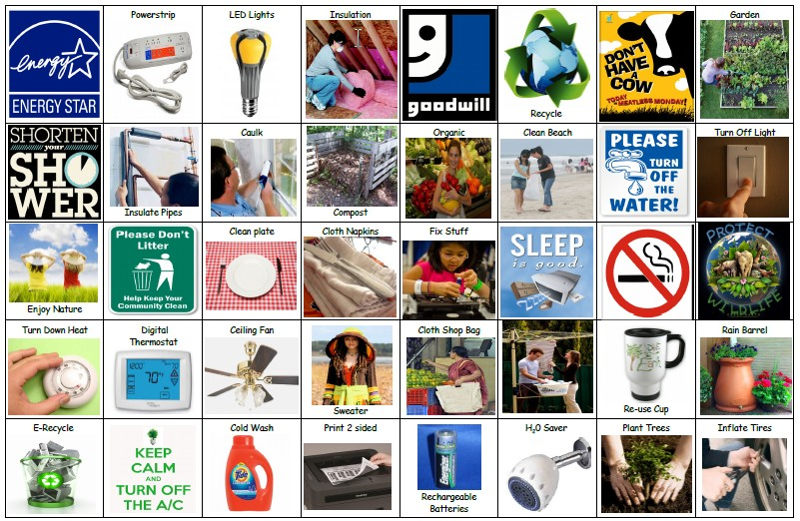
opensource.com
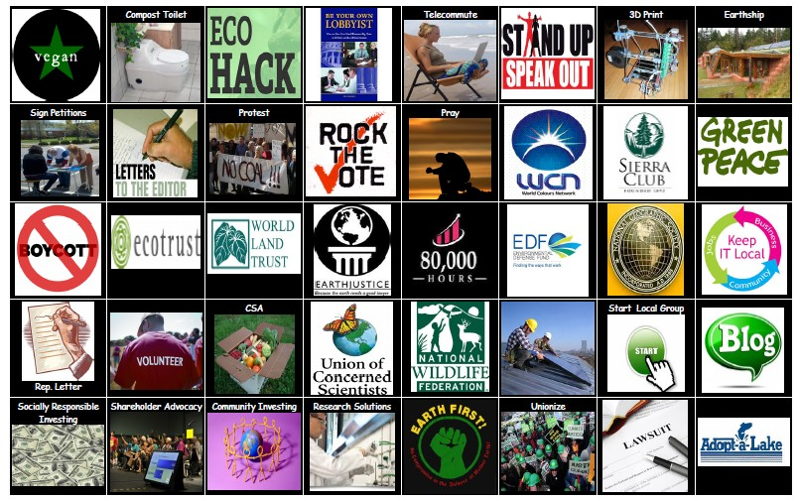
opensource.com
Next, cut out the Good Deed cards and the Pollution Penalty cards, and cut the pollution image into a puzzle (of whatever complexity you want—the more pieces the harder/longer the game).

opensource.com
3D printed materials
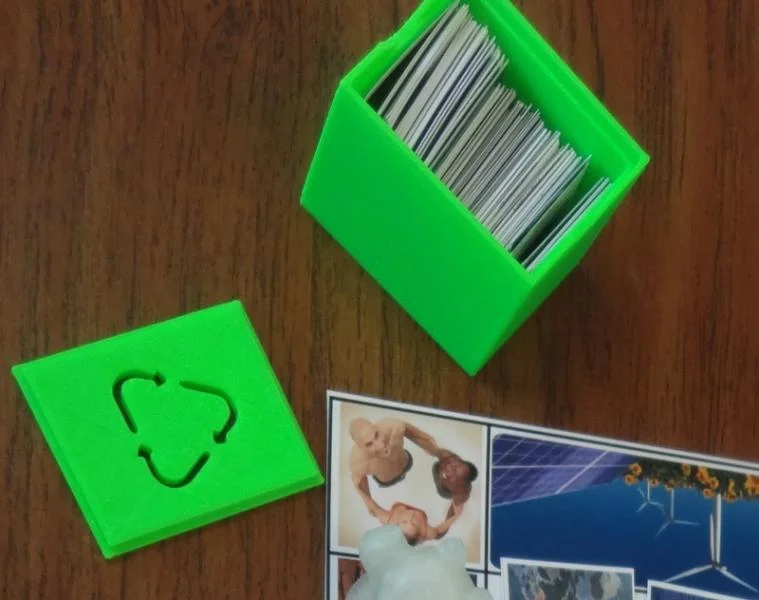
opensource.com
If you have access to a 3D printer, you can use the game's free 3D designs to make a card holder, a die, and some game avatars. As a kid, you probably played Monopoly and fought over your favorite game piece. With 3D printing and any of the millions of free designs on the web, you can get the exact avatar you want. You can print figurines from MyMiniFactory or other repositories and from other open source games, pieces from Democratic Chess, your favorite animal, fan art of your favorite superhero, or a miniaturized historical statue from Scan the World. (For example, the blue avatar in the game board image above is an incredibly detailed 3D print of the Thinker from the Musée Rodin in France. Scan the World is an initiative to archive objects of cultural significance using 3D scanning technologies to produce digital content that is shared and suitable for 3D printing.)
Playing the game
Now that you have made all the materials, it's time for the other half of the fun: playing the game!
Save the Planet is played as a team—with one another, not against one another. Your goal is to clear the pollution pieces (a litter-strewn mess) to let the super-green, eco-friendly open source house (designed by the Open Building Institute) see the sun before the planet is ruined with pollution.
Set up the game:
- Have each person place an avatar on one of the Ubuntu circles in the corners of the game board. (Ubuntu, best known as a version of Linux, is a Bantu term roughly translating to "human kindness." It is often used in a more philosophical sense to mean "the belief in a universal bond of sharing that connects all humanity.") Four avatars can play simultaneously—if more people want to play together, they can share an avatar.
- Stack all the Pollution Penalty pieces in a pile.
- Choose either the beginner (white border) or advanced (black border) Good Deed cards and place them face down next to the board.
- Assemble the Pollution Puzzle in the middle of the board on top of the eco-friendly home.
How to play:
- Your goal is to work as a team to take the Pollution Puzzle apart and reveal a nice, sustainable home by doing Good Deeds to save the planet.
- The youngest player goes first and turns proceed clockwise. Each player rolls the die and moves their avatar that number of spaces.
- Depending on where they land, players do the following:
- If you land on a renewable energy square (solar photovoltaic, wind power, microhydro, geothermal, solar thermal, biomass/wood stove, or passive solar), you earn one Good Deed card.
- If you land on the hybrid solar wind system double square, you get two Good Deed cards.
- If you land on the climate change double square, you get two Pollution Penalty cards.
- If you land on a sustainable transportation square, (walking, bicycles, electric car, or train), you may move your avatar anywhere on the board.
- If you land on either an oil spill or coal plant emissions square, you must take the appropriate Pollution Penalty card and place it on one of the exposed squares on the ring of earths.
- If anyone lands on one of the Ubuntu corners, the group can pool their Good Deed cards to get three and remove a Pollution Puzzle piece.
- You can trade in one Good Deed card to remove a Pollution Penalty card.
- You can trade in three Good Deed cards to remove a piece of the Pollution Puzzle.
- You win if the eco-friendly home shows through before all the earth images are covered with pollution penalties.
- If you remove all the Pollution Puzzle pieces first, you win!
- If you cover all the earths with Pollution Penalty first, you all lose, and the game is over. Except ...
- If you lose, you can still "make a save" by completing one of the Good Deeds as a team in real life (e.g., starting a compost pile or writing to your elected representative) to remove one penalty card. Note: This must be a new Good Deed—if you already recycle, you can't get credit for that as a save.
- In the normal game, play continues until either the world is completely polluted (you lose), or until the Pollution Puzzle is disassembled (you win).
- If having any pollution makes you mad, you can continue to play and try to extract all the Pollution Penalties from the ring of earths. If you can do this, your team has dominated the game. Nice work! Hint: The best way to dominate is to do new good deeds in real live by making a bunch of saves in a row.
- Once you have beaten the beginner version, try the more advanced version.
Remember this game is openly licensed, so you are encouraged to build on it—make it better, add more good deeds, make local Good Deed cards, or perhaps create more advanced derivatives. If you do, please upload your new version to Appropedia so we can all enjoy it!
After all, the most important part of playing educational games is to have fun while you're learning!

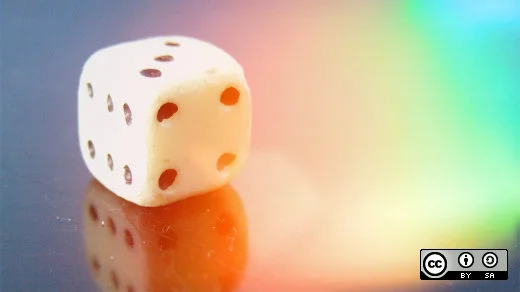





1 Comment